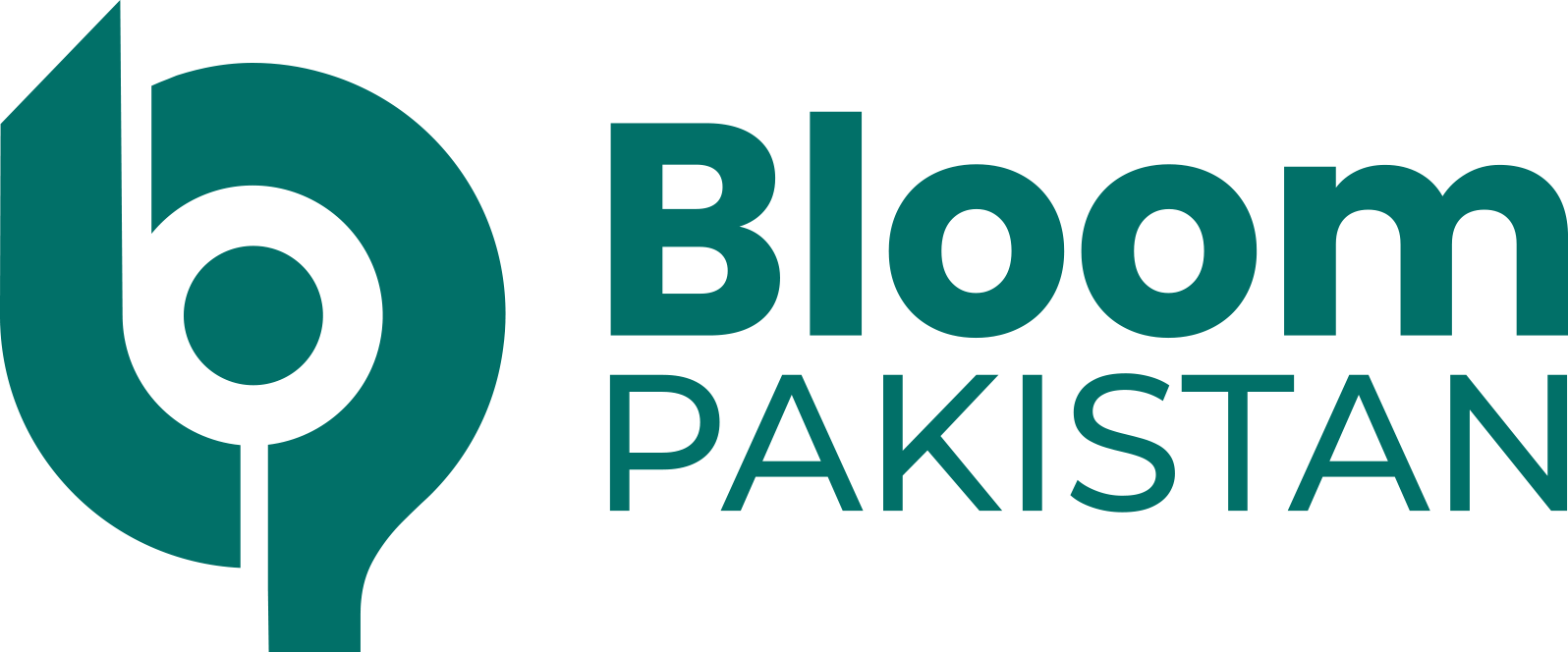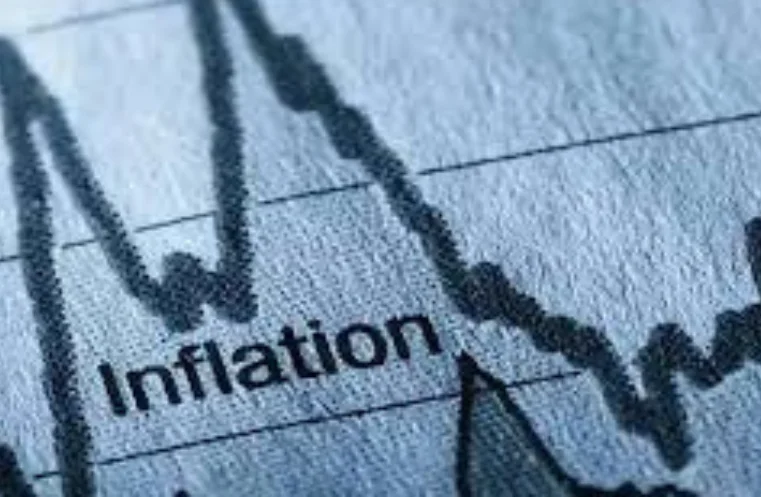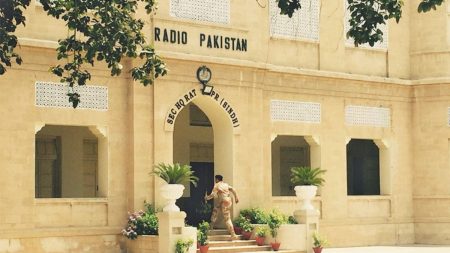ISLAMABAD, March 25: However, high frequency indicators—such as positive growth in cement sales, increased automobile production, and higher imports—along with an easy monetary policy, suggest a potential uptick in production if demand conditions remain supportive. Inflation is anticipated to remain within the range of 1.0-1.5 percent for March 2025 and inching up to 2.0-3.0 percent in April 2025.
This is anticipated in the Finance Ministry released Tuesday, monthly, Economic Update and Outlook for March 2025.
It further states, that the recent MoM growth in LSM signals resilience, while the YoY decline highlights underlying weaknesses that may continue to weigh on industrial performance.
The government is supporting farmers to boost agricultural productivity through targeted initiatives. At the same time, favorable weather remains a key factor in ensuring better harvests contributing to meet production targets.
Uptake in Output: External Sector
On the external front, exports, imports, and workers’ remittances are expected to maintain their upward trend. In the coming months, remittances are likely to increase further due to the seasonal factors of Ramzan and Eids.
Similarly, exports and imports are expected to improve owing to the expansion in economic activity. Collectively, these factors will help to keep the current account within manageable limits.
Monetary Conditions Favorable
Similarly, the performance of the PSX remained favorable compared to major global indices.
The Monetary Policy Committee (MPC) decided to keep the policy rate unchanged at 12 percent
in its meeting held on March 10, 2025 – after 1000 bps cut in policy rate since June 2024.
Read More: Finance Ministry Warns of Inflation Rise by 2025
The market capitalization of Pakistan Stock Exchange closed at Rs 13,981 billion at month end.
The decision is based on core inflation which is more persistent at an elevated level and thus an upturn in food and energy prices may lead to an increase in inflation in coming months.
Furthermore, the committee also considered risk of pressures on external account which may emerge due to rising imports. During 1st July – 28th February, FY2025 money supply (M2) shows negative growth of 0.4 percent (Rs. -125.4 billion) as compared growth of 3.7 percent (Rs. 1,152.7 billion) in last year.
Within
M2, Net Foreign Assets (NFA) increased by Rs. 771.2 billion as compared to an increase of Rs. 545.2 billion last year. Whereas Net Domestic Assets (NDA) of the banking sector decreased by Rs. 896.6 billion as compared to an increase of Rs. 607.5 billion previous year.
Under the borrowing for budgetary support, the
government has borrowed Rs. 22.3 billion against the borrowing of Rs. 3,369.6 billion last year. Private Sector has borrowed Rs. 573.6 billion as compared to Rs. 277.5 billion previous year.
Government’s support for social
protection
Government’s support for social protection and uplifting communities. In February 2025, Bureau of Emigration & Overseas Employment registered 50,030 workers for employment, compared to 53,642 in
February 2024.
The Pakistan Poverty Alleviation Fund, in collaboration with its 24 partner organizations, distributed 21,396 interest-free loans amounting to Rs. 1.0 billion. Since the inception of the program in 2019, a total of 2.95 million interest-free loans amounting to Rs. 114.85 billion have been disbursed.
Also Read: No Grants for Extra Spending: Finance Ministry
The government has also allocated Rs. 20 billion for the Ramzan Package to benefit 4 million households. Under this package, Rs. 5,000 is being provided per household through a digital wallet.
During Jul Jan FY2025, Rs. 241.0 billion has been spent under the Benazir Income Support Programme, against the budgetary allocation of Rs 592.5 billion for FY2025, showing an increase of 30.6 percent against last year
Fiscal consolidation
Fiscal consolidation efforts are strengthening the fiscal accounts.
The fiscal consolidation measures have yielded positive results, showing improvements in fiscal accounts during the first seven months of
FY2025.
The fiscal deficit reduced to 1.7 percent of GDP in Jul-Jan FY2025 from 2.6 percent last year. Similarly, the primary surplus increased to Rs.3,518.7 billion (2.8% of GDP), against a surplus of Rs.1,938.8 billion (1.8% of GDP) last year.
The net federal revenues grew significantly by 45.3 percent to Rs.6,362.5 billion during Jul-Jan FY2025 from Rs.4,379.5 billion last year.
This substantial growth is attributed to both tax and non-tax collection. Particularly, the receipts from non-tax collection grew sharply by 75.8 percent.
During Jul-Feb FY2025, FBR tax collection increased by 25.9 percent to Rs.7,343.9 billion from Rs.5,831.3 billion last year. Within total
collection, revenues from domestic taxes grew by 27.4 percent, while customs duty increased by 15.4 percent.
Expenditure Side
On the expenditure side, total expenditure increased by 23.9 percent to Rs. 9,330.1 billion during Jul-Jan FY2025 as compared to Rs.7,531.5 billion last year.
Current expenditure rose by 16.8 percent to Rs. 8,596.7 billion against Rs. 7,358.6 billion last year. Within current expenditure, markup payments grew by 20 percent while non-markup increased by 11.4 percent.
Also Read: World Bank Gives Nod to $102M for Pakistan Microfinance Sector
The contained growth in non-markup spending is largely attributed to the significant decline in expenditure on subsidies. Notably, expenditure for PSDP grew by 27.2 percent during the period under review.
The fiscal performance during the first seven
months of FY2025 is a testament to the government’s commitment to ensuring fiscal discipline through efficient resource mobilization and expenditure management.
These efforts would be supportive in containing the fiscal deficit within a manageable limit during FY2025.









